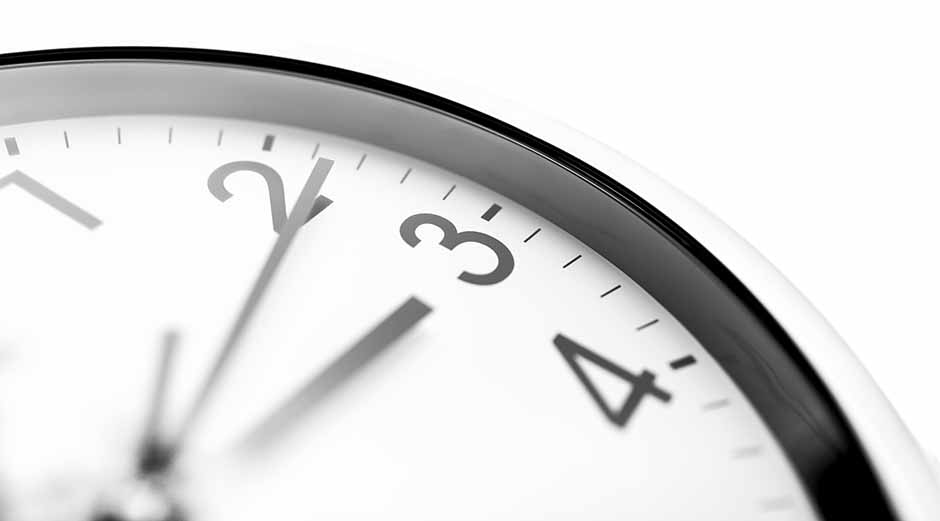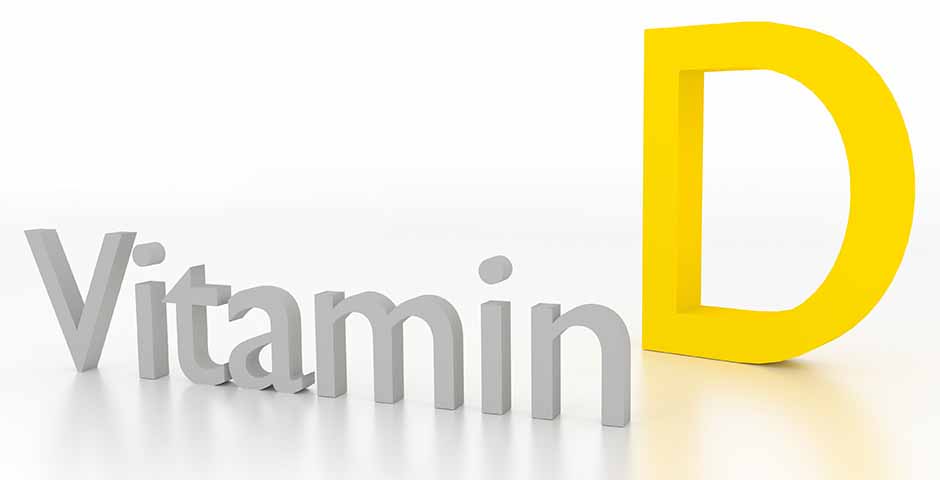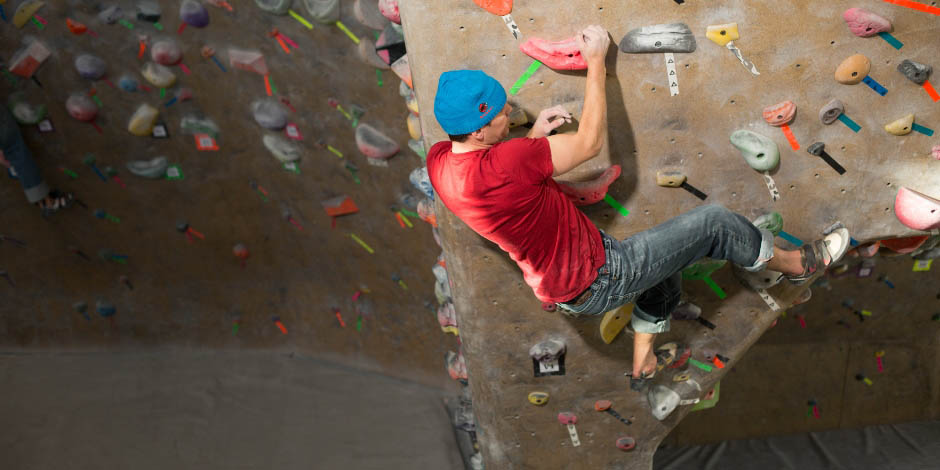As any smart man knows, women never like to tell their age. But let’s just say I’m not as young as I was last year. That’s why a recent study out of the Mayo Clinic about high-intensity interval training (HIIT) caught my attention.
It certainly wasn’t the reader-hostile title of the study (“Enhanced Protein Translation Underlies Improved Metabolic blah blah blah for several more lines”) that drew me in, but rather the incrementally less-hostile study highlights beneath the title. One of them read: “High-intensity interval training improved age-related decline in muscle mitochondria.”
Translation: HIIT workouts trick your cells into thinking you’re younger than you are.
The effect was especially pronounced with the older participants. Those ages 65 to 80 experienced a nearly 70 percent boost in their mitochondrial capacity (mitochondria are your cells’ fuel cells) after 12 weeks of five weekly HIIT cycling and treadmill-walking workouts, while those ages 18 to 30 saw about a 50 percent increase. They also gained better insulin sensitivity, which declines with age. Participants who did only resistance training, or a combo of light aerobic exercise and resistance training, improved their strength and fitness levels but didn’t receive the same age-reversing benefits at the cellular level (although strength trainers did end up with better insulin levels as well).
I’m assuming this doesn’t mean HIIT will launch me into a Benjamin Button scenario, but if it scooches the clock back even a little bit, I’m all in.










Comments
Loved this blog! I recently started some HIIT and am planning to up my game to 5x a week! Thanks!